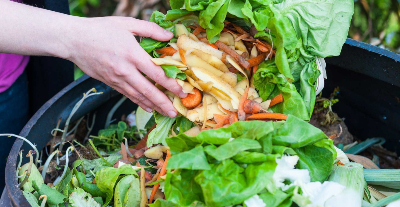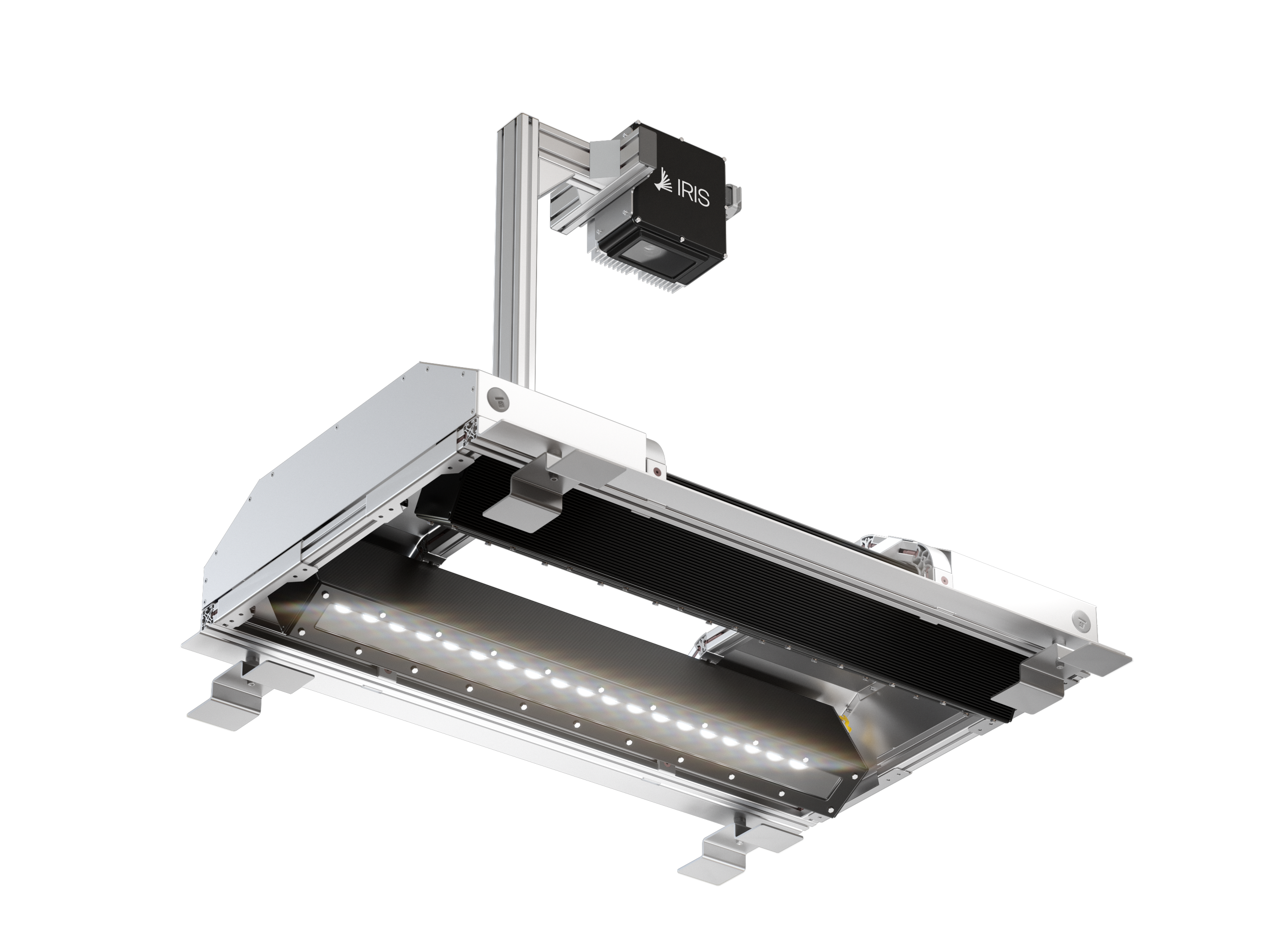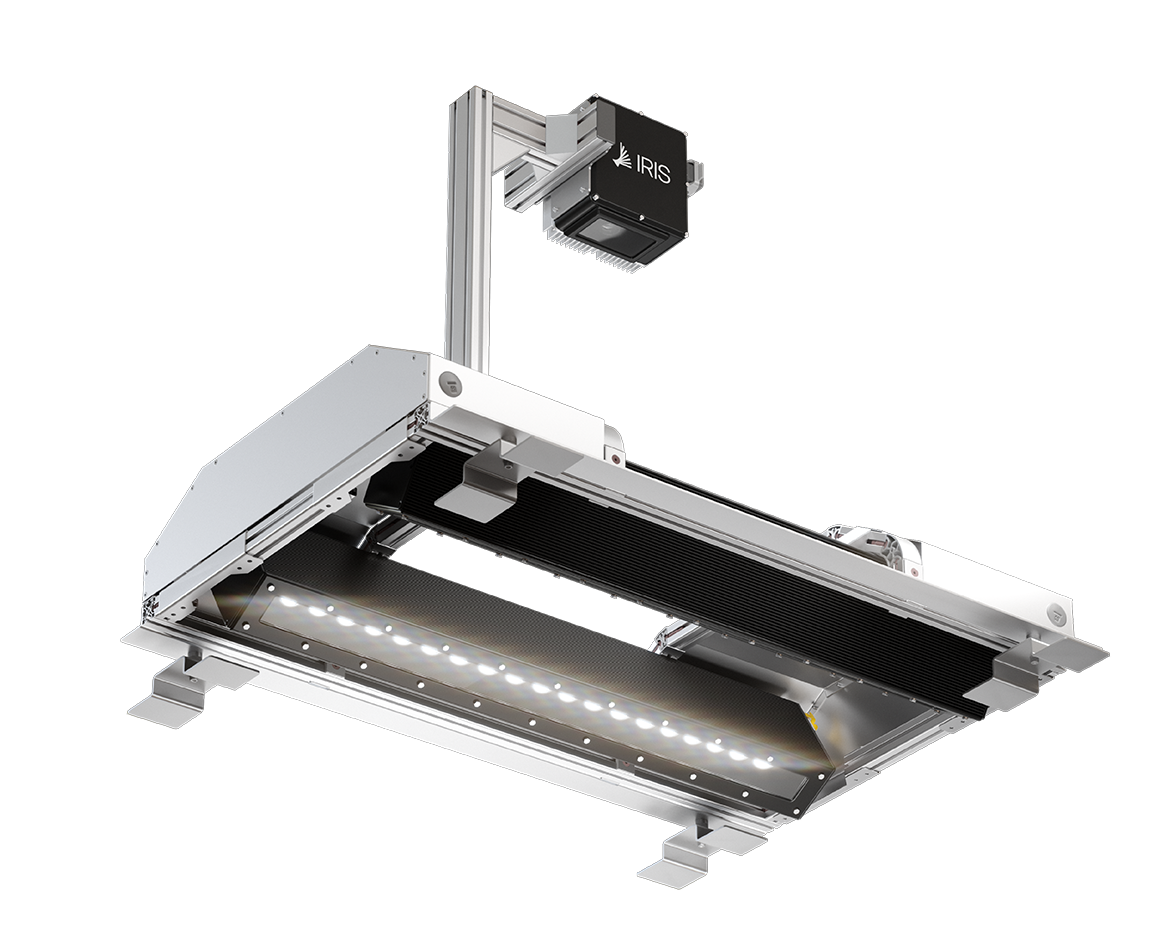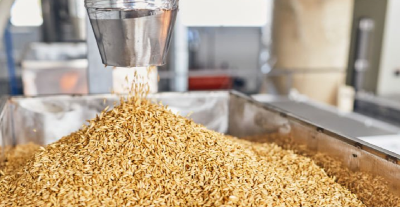
 IRIS Technology launches “BioWaste Hub”
IRIS Technology launches “BioWaste Hub”
 Circular Economy: Bioplastics vs. black plastics
Circular Economy: Bioplastics vs. black plastics

Hyperspectral NIR: Applications in the Food Industry

In this article we will address cross-cutting applications of hyperspectral NIR technology in the food industry with the aim of questioning our current production process and considering effective ways to optimize it with in-line technology. We will not go into detail on each of the applications, but if you are interested in learning more, you can read the following post where we see a case of application in fried pastries to mitigate indeterminate fat variations in the process and optimize the use of raw material.
However, IRIS Technology’s hyperspectral NIR technology, Visum HSI™ opens a huge window of applications to the industry in process control, quality and food safety with an optical industrial system that is able to chemically monitor each product unit in real time and determine a large number of physical and chemical parameters simultaneously. A hyperspectral camera is equivalent, in practice, to having a spectrophotometer in every pixel.
Visum HSI™: pixel-by-pixel, spatially resolved chemical imaging

Fruit and vegetable industry
In this industry there are numerous non-destructive controls that can be performed with hyperspectral NIR technology. Among them we can mention ºBx, starch, dry matter that are relevant parameters to establish the degree of maturity and commercialization of fresh products, as well as pH, acidity, fat content, moisture or soluble solids that are part of the usual controls in the industry and that currently, as in most of the industry, are performed by traditional offline techniques (sampling and laboratory).
Likewise, hyperspectral NIR technology is effective for determining texture by levels, detecting and rejecting foreign bodies in the line and for sorting. In general terms, they are systems that can learn from a quantitative reference criterion or from a human expert when controlling a certain process. Therefore, as a non-destructive control method, it is an excellent alternative to classify and select products according to their composition in a fully automated way, providing greater value to the final product, for example, if you want to create a premium line.
Fish and seafood
Food safety controls for all seafood products are becoming increasingly stringent. In this context, the Visum HSI™ inline hyperspectral NIR technology facilitates the detection of foreign bodies coming from the seabed, such as shells, stones, other arthropods, net fragments, among others, which are visually little different from the product to be processed and can therefore escape visual inspection, or which, due to their low density, there are no useful detectors on the market. It is also possible to detect plastic packaging residues, even if they are transparent in fish fillets and slices. In addition to being able to quantitatively determine a large number of analytical parameters simultaneously (fats, proteins, acidity, among others), it is capable of detecting and classifying the application of sulfites or preservatives and the degree of freshness.
In case you are wondering, Hyperspectral NIR technology, at least as of 2022 and no other technology on the market that is in-line and continuous, is effective in quantifying histamine at the levels required by industry and regulations (<50 ppm).
In the next post you can read more about foreign body detection with our hyperspectral systems.
Nuts, grains and pulses
In nuts (almonds, pistachios, peanuts, among many others) it is possible to replace conventional laboratory analysis and combine these with in-line imaging spectroscopy vision techniques. This is useful for real-time control of chemical parameters such as moisture, fat, fibers, acidity, as well as to detect and separate foreign bodies: corn that appeared on the line, wood, plastics, stones. For visible defects such as spotting, moth-eaten, other grain defects or fruit with skin, it is required to complement with a machine vision system, such as Visum DeepSight™ .
Bread and pastries
We have covered this topic in our blog, focusing on fat control, a critical input for manufacturer costs, consumer trends and food taste and texture. However, Visum HSI™ technology can monitor unit by unit of product other critical parameters, such as moisture or sugar content and more importantly, interact through the line PLC with machinery and the plant management system.
In conclusion, hyperspectral technology, coupled with the breakthrough in optical systems in recent years, opens up a wealth of opportunities for food safety in industrial processes.
I hope this article on hyperspectral NIR technology in the food industry has been useful and applicable. As always, we invite you to send us your questions, comments and suggestions to our e-mail address info@iris-eng.com.



